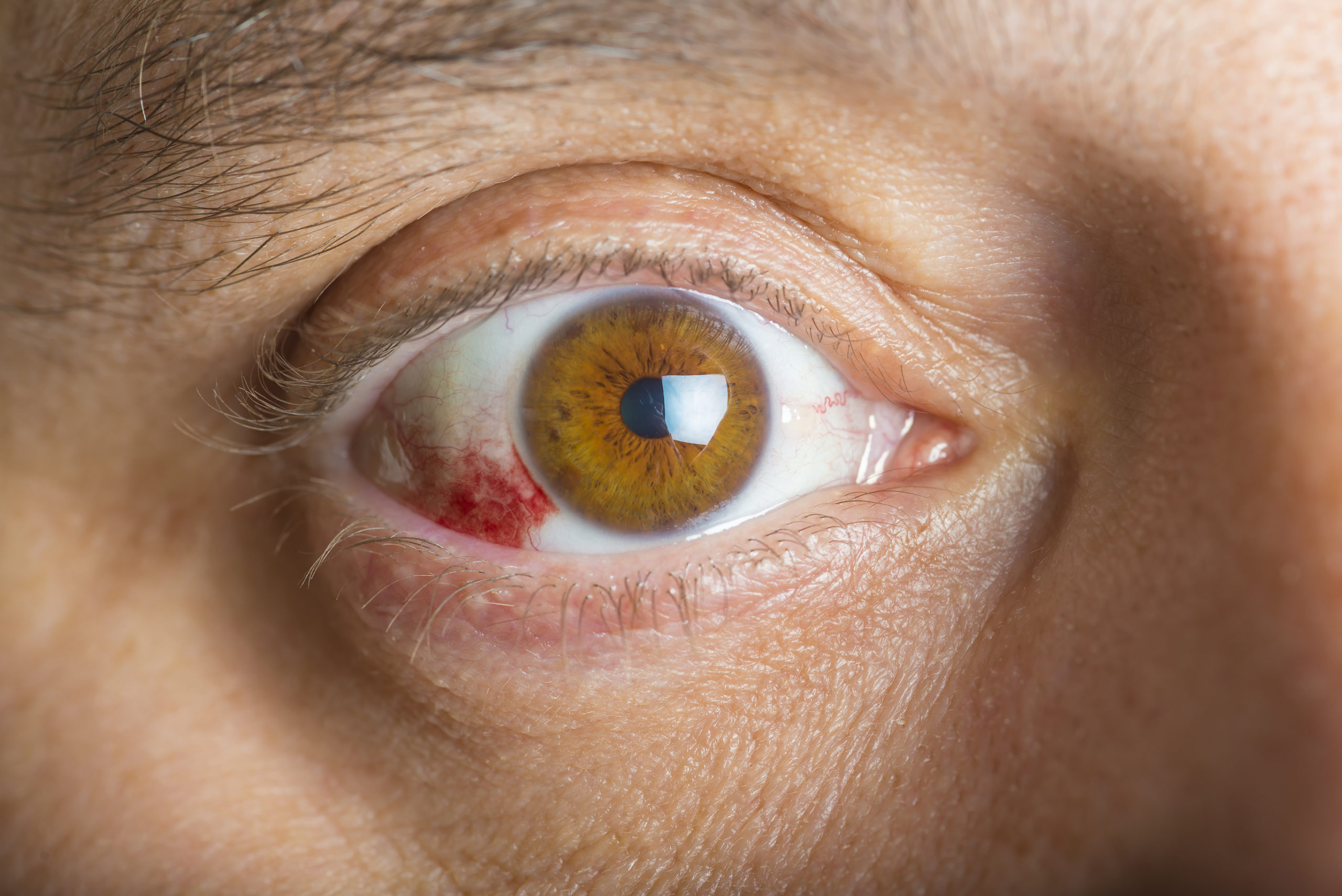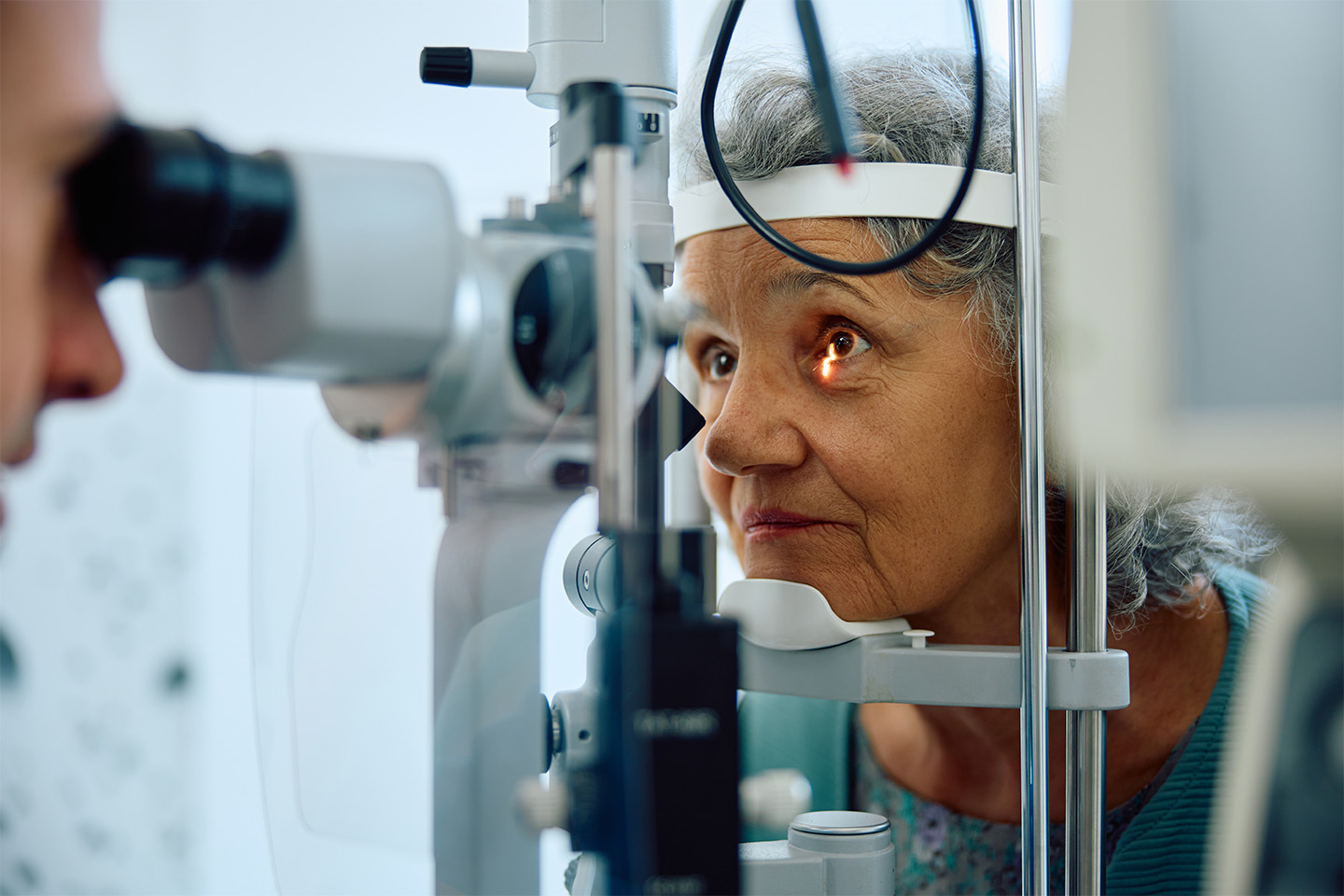What is Conjunctivitis?

Conjunctivitis, or pink eye, is one of the most common eye afflictions. But how much do you really know about it?
Waking up with eyes that are red, bleary, and stuck together usually means one thing: pink eye. Also known as conjunctivitis, this pesky eye infection can ruin anyone’s day.
Most people have either had or know someone who’s had conjunctivitis, but few know why this infection happens or how to prevent it. Here’s everything you need to know about preventing and treating pink eye.
About Conjunctivitis
Conjunctivitis is an eye infection that affects the conjunctiva, which is a thin mucous membrane that covers the inner eyelid and the front of the eye. The conjunctiva contains many small blood vessels, all of which become irritated upon infection – and turn the eye pink.
Conjunctivitis is highly contagious. It most commonly spreads through close contact or indirect contact – for example, when an infected person rubs their eyes and then touches a doorknob that uninfected people also touch. While bacterial conjunctivitis is the most common form, viral conjunctivitis can occur alongside illnesses like the common cold or measles.
The symptoms of conjunctivitis can vary, but typically include watery discharge or pus-like discharge coming from one or both eyes, red eye, inflammation of the eyelids, sensations of sand in the eye, itchy eyes, watery eyes, and blurred vision. The most common symptom is itching and irritation.
What Causes Pink Eye?
- Allergic conjunctivitis: an allergic reaction to pollen, dust, or smoke
- Viral conjunctivitis: Viral infections that cause common cold symptoms like a sore throat or runny nose
- Bacteria on contact lenses
- Irritation from a foreign body in the eye or chemical splash
Preventing Conjunctivitis
Because infectious conjunctivitis spreads so easily, prevention starts with good hygiene and awareness. Avoid rubbing your eyes, especially without washing your hands. If you know someone with conjunctivitis, avoid close interactions with them until they are no longer contagious. This includes sharing any clothing, fabric (including pillowcases), or makeup with an infected person. Additionally, if you have pink eye, it’s recommended that you buy new eye makeup in case your current eye makeup reinfects you.
Treating Conjunctivitis
Conjunctivitis is typically treated with antibiotic eye drops that are applied regularly for several days. Relief can also be found by applying a warm compress to the infected eye or eyes for a minor infection. If the infection is particularly severe, you may be prescribed oral antibiotics. As with all bacterial infections, it’s important not to stop your antibiotics treatment early, as doing so could cause the infection to resurface, even if symptoms have vanished. If conjunctivitis goes untreated, it could worsen and lead to infections in other parts of the eye, like the cornea.
If you sense that something is off with your eye, don’t brush it off and hope it goes away. It’s important to see an eye doctor in case you have conjunctivitis or another eye condition that needs treatment.
Fortunately, the Kleiman Evangelista Eye Centers have a dedicated staff of eye care specialists trained to diagnose and treat eye problems of all kinds, from cataracts to conjunctivitis. We’ll work with you individually to find a treatment method that’s right for you. Schedule a VIP consultation with us online or by phone today.









